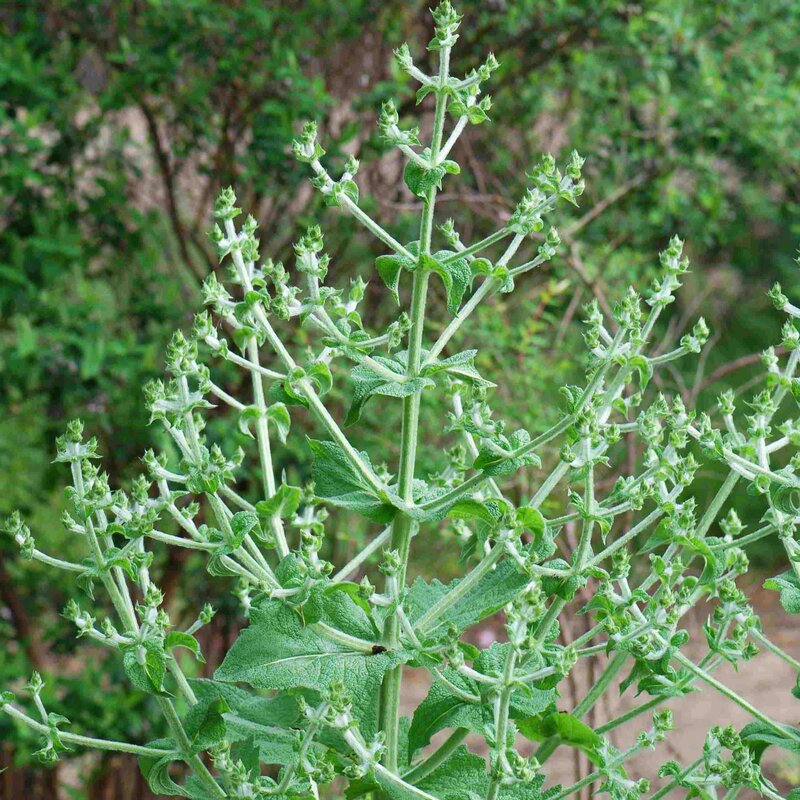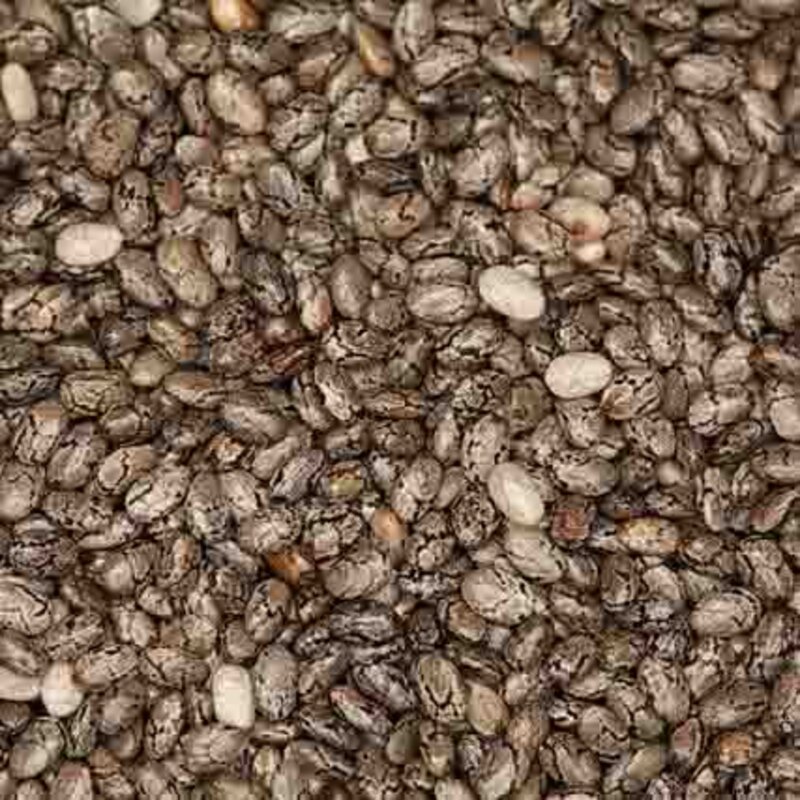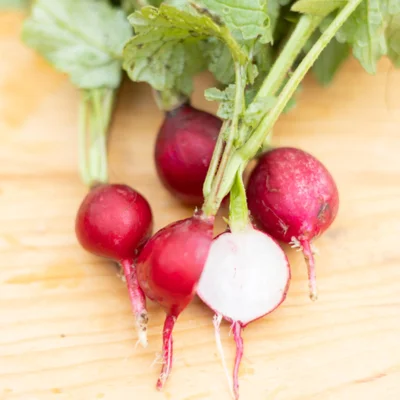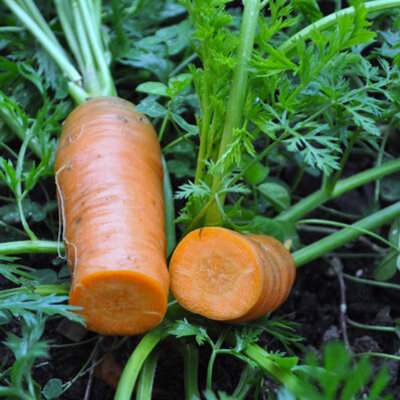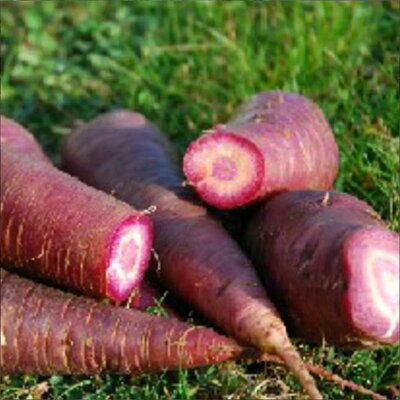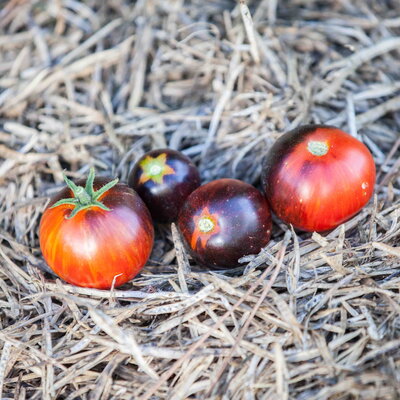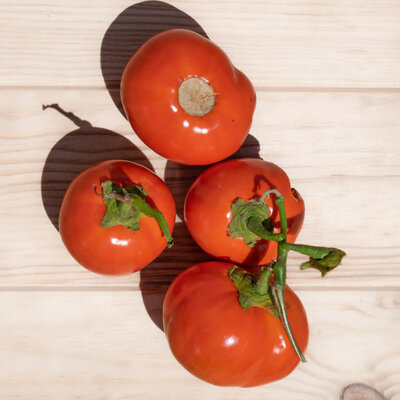Chia - Sage
Better known as "Chia", this species has beautiful mauve flowers with white centers. It is especially prized for its edible, highly nutritious seeds (which have countless culinary uses), which were a staple food of the Aztecs and Mayans.
in bucket, in the ground
Sow in pots or nursery at 18°C minimum. Cover seeds and keep moist. Transplant after the last frosts, when plants have 4 to 5 leaves, 50 cm apart in all directions. For direct sowing, wait for the soil to warm up. Thin to 50 cm in all directions.
Seed germination can sometimes take a long time.
February, March, April
September, October, November
in the ground, in pot, in the greenhouse
sunny
low
all floor types
drained, sec, light, rich
Salvia hispanica
mid-season
100 seeds
Purple
From 80 to 100 cm
As well as being rich in fatty acids, particularly omega 3, chia seeds and oil are an excellent source of protein, fiber, calcium, phosphorus, potassium, magnesium and vitamins A, B3 and C. They also provide natural antioxidants such as tocopherols, phytosterols, carotenoids and phenolic compounds. In addition, they provide natural antioxidants such as tocopherols, phytosterols, carotenoids and phenolic compounds, as well as mucopolysaccharides that produce a gel, called mucilage, when hydrated. This gel calms inflammation in the digestive tract, slows and reduces the breakdown of complex carbohydrates into sugar, creates a feeling of satiety, digests more efficiently and regulates blood sugar and cholesterol levels. Chia seeds can be added to drinks, compotes and breakfast yoghurts. They can be combined with cereal flakes and fruit to make homemade granola, and with plant milks to make puddings. With the addition of a little water, these seeds can easily replace eggs in pancakes, waffles and other cakes.




